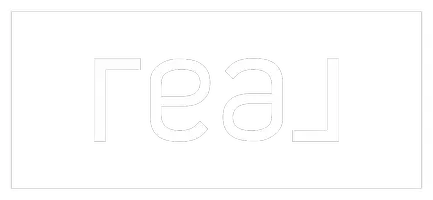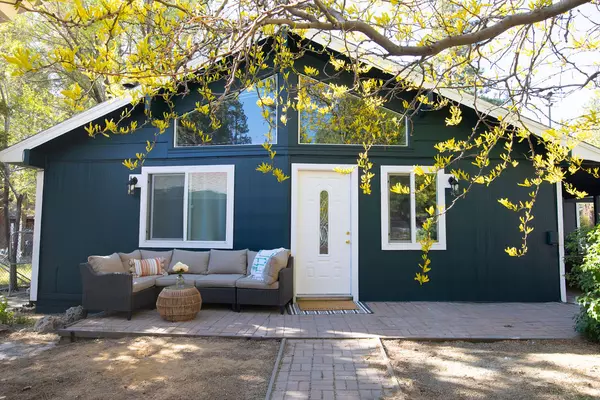California's Home Insurance: What Homeowners Need to Know

California's home insurance market is facing significant challenges, impacting homeowners across the state. Recent wildfires, like the Palisades and Eaton fires (while not the sole drivers, they contribute to the overall risk assessment), have exacerbated these issues, leading to higher premiums, reduced coverage options, and increased difficulty in finding insurers willing to write new policies. Here's a breakdown of what California homeowners need to know, changes since those fires, and tips for auditing your policy:
Current Home Insurance Issues in California:
- Increased Wildfire Risk: California's increasing wildfire risk is the primary driver of the insurance crisis. Insurance companies are reassessing their exposure in high-risk areas, leading to:
- Non-renewals: Insurers are increasingly non-renewing policies in areas deemed too high-risk, even if the homeowner hasn't filed a claim.
- Higher Premiums: Even if you can get coverage, premiums are significantly higher, sometimes prohibitively so.
- Reduced Coverage: Insurers may limit coverage for certain perils, like fire or smoke damage, or place lower caps on claim payouts.
- Difficulty Finding Coverage: Homeowners in high-risk areas may find it extremely difficult, or even impossible, to find traditional insurance. They may be forced to turn to the California FAIR Plan, the state's insurer of last resort, which is often more expensive and offers less comprehensive coverage.
- Inflation and Reinsurance Costs: Beyond wildfires, inflation has driven up the cost of rebuilding homes, making claims more expensive for insurers. Reinsurance costs (insurance for insurance companies) have also risen, further contributing to higher premiums.
Regulatory Challenges: California's complex regulatory environment, including restrictions on how insurers can use risk models and rate increases, adds another layer of complexity. Insurers argue that these regulations make it difficult for them to accurately assess and price risk, leading them to reduce their presence in the state.

Changes Since the Palisades and Eaton Fires:
While these fires weren't the singular cause of the insurance problems, they serve as recent examples of the increasing wildfire threat and its impact. They likely contributed to:
- Increased Scrutiny of High-Risk Areas: Insurers are likely even more cautious about writing policies in or near wildfire-prone regions.
- More Sophisticated Risk Modeling: The fires may have led to refinements in how insurers model wildfire risk, potentially leading to more precise (and sometimes higher) premiums for homeowners in affected areas.
- Greater Awareness: These fires, and others, have heightened public awareness of the insurance challenges and the need for homeowners to take proactive steps to protect themselves.


Auditing Your Home Insurance Policy: A Checklist for Homeowners:
Every homeowner should regularly review their insurance policy. Here's a checklist:
- Coverage Limits: Ensure your coverage limits are sufficient to rebuild your home in today's market, considering increased construction costs due to inflation. Don't just rely on the original purchase price of your home. Get a professional appraisal to estimate the current replacement cost.
- Deductibles: Understand your deductibles and make sure you're comfortable with them. A higher deductible can lower your premium, but you'll pay more out of pocket in the event of a claim.
- Exclusions: Carefully review the exclusions in your policy. Pay close attention to exclusions related to fire, smoke, and other perils common in California.
- Wildfire Risk Assessment: Understand your property's wildfire risk. Check with your local fire department or online resources like Firewise USA to assess your risk level and identify steps you can take to mitigate it.
- Home Hardening: Take steps to "harden" your home against wildfires. This can include things like clearing brush around your home, installing fire-resistant roofing materials, and upgrading windows and doors. Some insurers offer discounts for homes with wildfire-resistant features.
- Flood Insurance: Standard homeowners insurance policies typically don't cover flood damage. If you live in a flood-prone area, you'll need a separate flood insurance policy.
- Earthquake Insurance: California is earthquake-prone. Earthquake insurance is also separate from standard homeowners insurance and is highly recommended.
- FAIR Plan: If you can't find coverage in the traditional market, explore the California FAIR Plan as a last resort. Understand its limitations and costs.
- Shop Around: Compare quotes from multiple insurance companies to find the best coverage and rates. Work with an independent insurance broker who can access a wider range of insurers.
Regular Review: Review your policy annually, or more frequently if your circumstances change. Talk to your insurance agent to discuss any changes in your needs or the insurance market.





